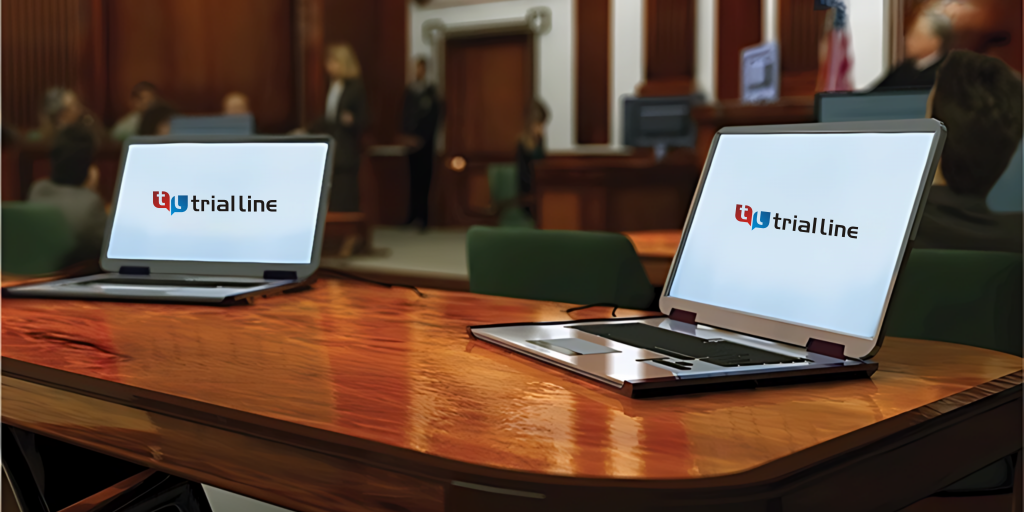Why Trial Presentations Are Critical for Effective Cross-Examination in Court
The Power of Visuals in Trial Presentations for a Winning Debate
The integration of visuals in test discussions has actually arised as an important factor in successfully interacting complicated debates to jurors. By making use of various forms of aesthetic help-- be it diagrams, photographs, or animations-- lawyers can enhance understanding and retention, inevitably forming the jury's perception of the situation. This strategy not only clears up complex narratives but additionally develops an emotional vibration that can influence decision-making. As we check out the nuances of this strategy, it ends up being important to take into consideration exactly how details sorts of visuals can make a significant distinction in test end results. What sensible strategies might lawyers use to maximize this capacity?
Significance of Visuals in Trials
In several lawful setups, visuals play a critical duty in boosting the performance of trial presentations. The integration of visual components can considerably impact jurors' understanding and retention of complicated details, therefore shaping their assumptions and choices. Visuals, such as graphes, representations, and photos, can simplify detailed stories, making them much more accessible and engaging.
Furthermore, the human brain procedures visual details more successfully than message, which highlights the significance of incorporating visuals into legal disagreements. By equating dense lawful ideas into aesthetic styles, attorneys can help with clearer communication, guaranteeing that crucial points are not overlooked during tests.
Furthermore, visuals offer to engage jurors on a psychological level, promoting a link to the situation that words alone might stop working to attain. The calculated use of visuals can stimulate empathy, prompting jurors to consider the human elements of the case.
Ultimately, the relevance of visuals in tests lies in their ability to improve clarity, enhance juror interaction, and enhance the narrative being offered. This potent mix is essential for crafting persuasive debates that resonate with jurors and influence the result of lawful proceedings.
Types of Visuals to Use
Reliable trial presentations can substantially profit from a range of aesthetic tools that accommodate various aspects of the situation. trial presentations. Using representations and charts can efficiently damage down complex info, making it more absorbable for jurors. Flowcharts can illustrate the series of events, while bar graphs might succinctly contrast appropriate information points.

Animations and simulations can also play a vital role, specifically in instances entailing technological data or elaborate circumstances. These visuals can dynamically represent processes or actions, giving clearness and engagement that static pictures may not accomplish.
Additionally, infographics combine message and visuals to summarize essential info efficiently. They can provide timelines, data, and significant instance points in a visually attractive way, making it less complicated for jurors see it here to follow the disagreement.
Enhancing Understanding and Retention

Enhancing comprehension and retention during trial discussions is crucial for making certain that jurors grasp the important aspects of a situation. Aesthetic help work as effective tools in this regard, equating intricate info into conveniently absorbable layouts. By making use of graphes, layouts, and infographics, lawyers can streamline elaborate data and highlight essential points that might or else be ignored.
Studies have revealed that individuals keep information dramatically better when it exists visually. This is particularly significant in a trial setup, where jurors may be bewildered by the volume of proof and statement. By purposefully integrating visuals, lawyers can direct jurors' focus to the most critical aspects of the situation, reinforcing their understanding and memory of the material offered.

Producing Involving Presentations
Exciting jurors' interest throughout trial discussions is important for sharing an engaging story. Engaging discussions utilize aesthetic components to create a remarkable experience that resonates with jurors. The critical use of graphics, animations, and videos can elucidate complicated information, making it much more obtainable and relatable.

Furthermore, including storytelling techniques can enhance involvement. Presenting proof in a logical series that builds emotional allure enables jurors to get in touch with browse around this site the material on a personal level. Numerous presentation styles, such as incorporating short video clip clips or interactive components, can likewise receive interest and interest throughout the test.
Ultimately, an appealing discussion fosters a much more profound understanding of the instance, enabling jurors to better value the debates existing and causing a more beneficial result.
Instance Studies and Success Stories
Various study highlight the significant effect of visuals in test discussions, showing their ability to influence juror understandings and eventually the end results of instances. For instance, a noteworthy situation including an individual injury case highlighted just how making use of a 3D animation of the accident scene clarified complicated details. Jurors reported feeling more informed and empathetic, considerably persuading their decision in favor of the plaintiff.
In an additional circumstances, a company litigation situation used infographics to present financial data and timelines, making intricate details obtainable. The graph allowed jurors to understand the nuances of the instance much more effectively than spoken descriptions alone. trial presentations. Because of this, the jury returned a judgment that went beyond the client's expectations
Moreover, a criminal protection situation used photographs and video clip proof to establish an alibi. The engaging visuals not just helped in developing uncertainty however also reverberated emotionally with jurors, resulting in an acquittal. These success tales highlight the hop over to here necessity of incorporating visuals into test presentations, as they boost understanding, retention, and eventually, the persuasive power of lawful debates. The strategic usage of visuals is undoubtedly transforming the landscape of test advocacy.
Verdict
In conclusion, the calculated incorporation of visuals in trial presentations considerably boosts jurors' understanding and retention of intricate info. Engaging presentations, supported by engaging situation studies, demonstrate the profound impact that visuals can have on influential interaction.